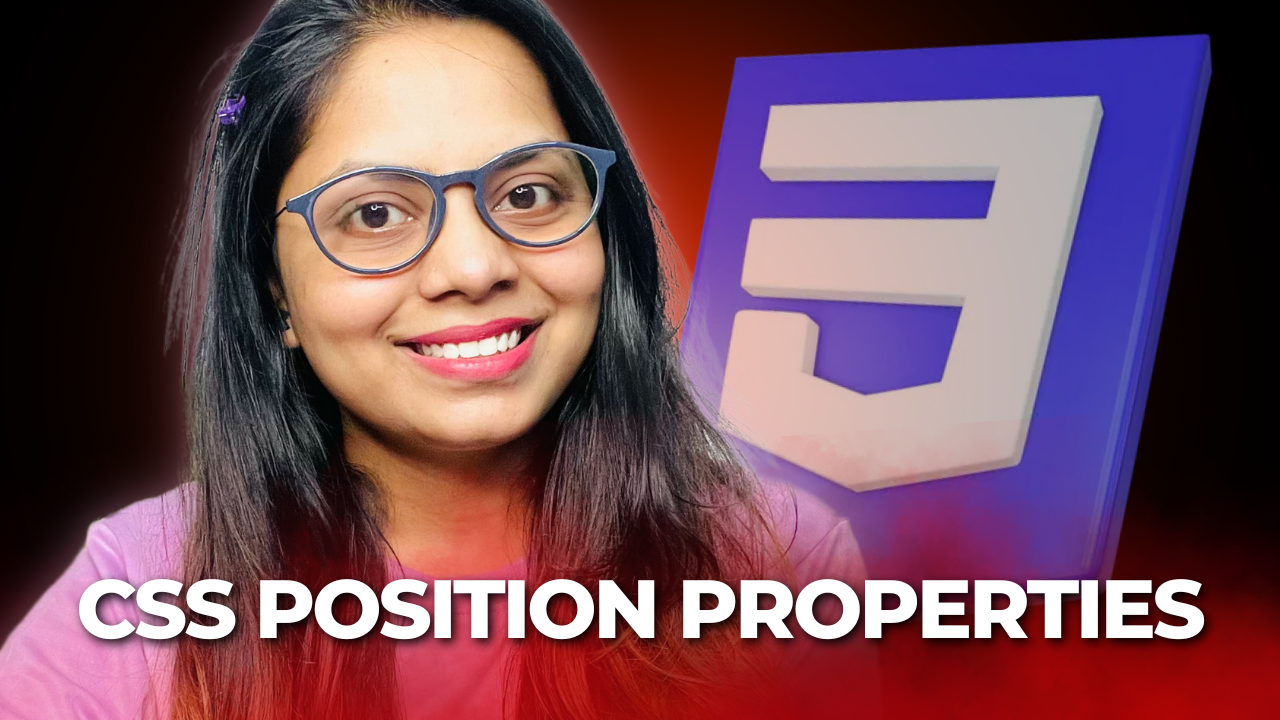The CSS position property is one of the most powerful features in web design.
It determines how elements are placed on a webpage and how they interact with other elements.
Moreover, understanding how it works helps developers control layouts with precision.
Whether you’re building a simple page or a complex interface, mastering this property is essential.
In CSS, there are four primary position values you need to know.
Each works differently and affects how elements appear on the page.
- Static
- Relative
- Absolute
- Fixed
Each value changes how the browser calculates an element’s position. Let’s explore them one by one with examples, use cases, and tips.
1. Position: Static
By default, HTML elements use static positioning.
Therefore, the browser displays them in the normal flow of the document.
.box {
position: static;
}
In this example, the .box element appears exactly where it is in the HTML file. No extra positioning is applied.
When to use static?
- Most elements don’t need special positioning, so static works perfectly.
- Moreover, it is the default, which means you rarely need to set it manually.
Common mistake: Some beginners expect position: static; to allow offsets like top or left. However, static elements do not respond to these properties.
2. Position: Relative
A relative position keeps an element in the normal document flow but allows small adjustments.
For example, you can shift the element using top, right, bottom, or left without affecting surrounding elements.
.box {
position: relative;
top: 20px;
left: 30px;
}
In this case, the .box moves 20px down and 30px right. Notice that the space it originally occupied is still reserved in the layout.
When to use relative?
- Use it when you need to nudge elements slightly without breaking the structure.
- Additionally, it helps when creating tooltips, badges, or icons that appear slightly offset from their normal spot.
Best practice: Relative positioning often acts as a reference point for absolutely positioned child elements.
3. Position: Absolute
An element with absolute positioning is removed from the normal flow.
Instead of aligning with the rest, it positions itself relative to its nearest non-static ancestor.
.box {
position: absolute;
top: 50%;
left: 50%;
transform: translate(-50%, -50%);
}
Here, the .box appears at the center of its container. The transform ensures perfect centering.
When to use absolute?
- Modals, pop-ups, and tooltips.
- Creating complex layouts where one element needs to float above others.
- Positioning icons or labels inside buttons and input fields.
However, beginners often forget to set the parent container’s position to relative, which causes the element to align with the entire page.
4. Position: Fixed
The fixed position attaches an element to the browser window.
As a result, it doesn’t move when the user scrolls, making it perfect for sticky headers, navigation bars, or chat widgets.
.header {
position: fixed;
top: 0;
left: 0;
width: 100%;
background: #333;
color: #fff;
}
In this example, the .header remains at the top of the screen even while scrolling.
When to use fixed?
- Use fixed positioning for navigation menus that must always remain visible.
- For instance, it’s great for call-to-action buttons, floating icons, and sticky banners for announcements.
Best practice: Be mindful of mobile users. Fixed elements can cover content on smaller screens if not styled carefully.
Other Positioning Values (Bonus)
Besides these four main values, CSS also includes some advanced options such as:
- Sticky: A hybrid between relative and fixed. The element scrolls until it reaches a specific point, then it “sticks.” Great for table headers or section titles.
- Inherit / Initial: These values make the element adopt positioning from its parent or reset it to the default.
.title {
position: sticky;
top: 10px;
}
The .title sticks to the top after scrolling 10px down, creating a helpful “floating section header.”
Conclusion
In conclusion, understanding the CSS position property is crucial for building modern, responsive websites.
By combining these values wisely, you can create layouts that are flexible and visually engaging.
- Use static for default behavior.
- Apply relative when you need small adjustments or a reference point.
- Choose absolute for floating elements or precise layouts.
- Select fixed when you want an element to stay in place during scrolling.
Key Takeaways:
- Use
staticfor default behavior. - Use
relativefor small adjustments. - Use
absolutefor overlays or modals. - Use
fixedfor sticky elements. - Try
stickyfor hybrid effects.
By combining these values wisely, you can create layouts that are both flexible and visually engaging. From sticky navigation bars to perfectly centered modals, the position property gives you total control over your design.
If you are just starting out, experiment with each property in small projects. Over time, you’ll naturally understand when to use which option. And as you grow more advanced, combining positioning with CSS Grid and Flexbox will unlock even more design possibilities.
Pro tip: Always test your design on different screen sizes. Positioning can behave differently on desktops and mobiles, so responsive adjustments are key.
Remember, mastering CSS positioning takes practice and experimentation. Try recreating real-world layouts to see how each property behaves in different contexts. The more you experiment, the better control you’ll gain over your designs. With time, positioning elements will become second nature and make your websites look professional and polished.


Nice
Thanks 💞